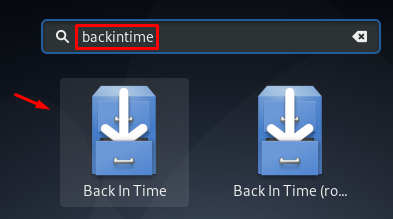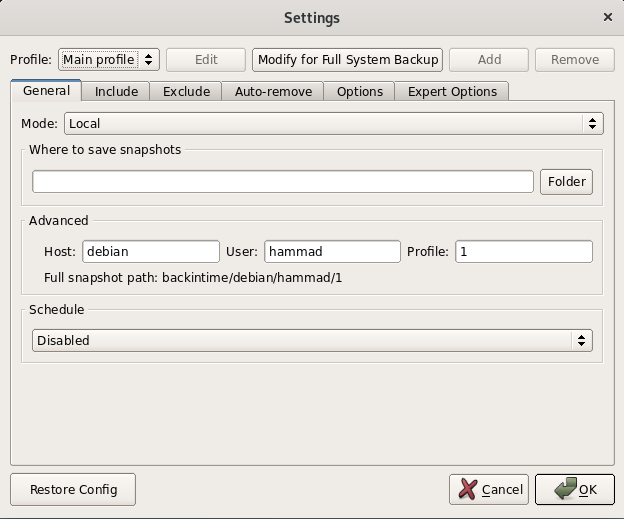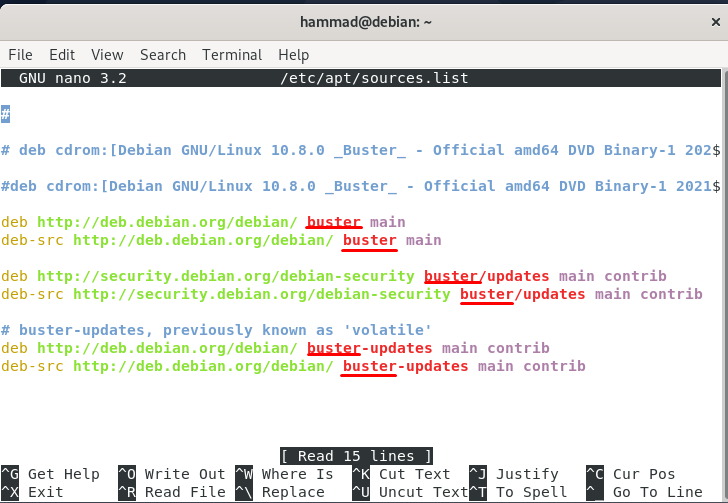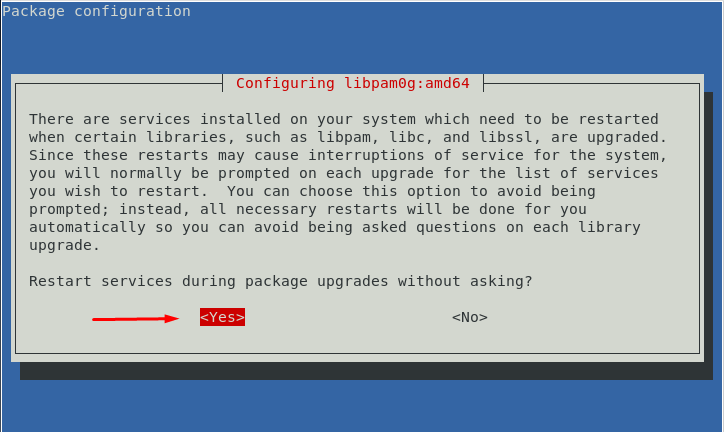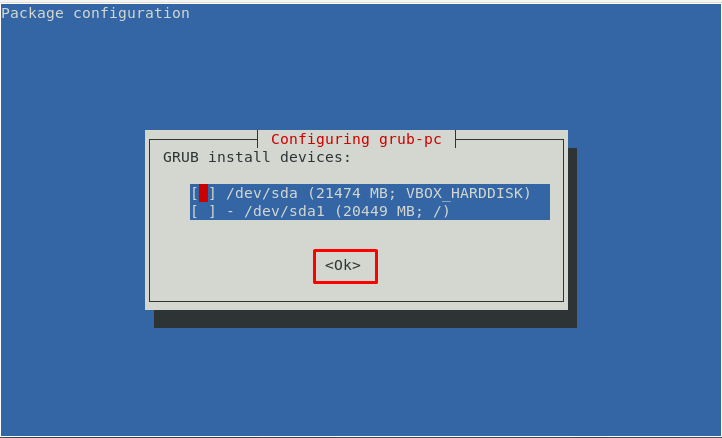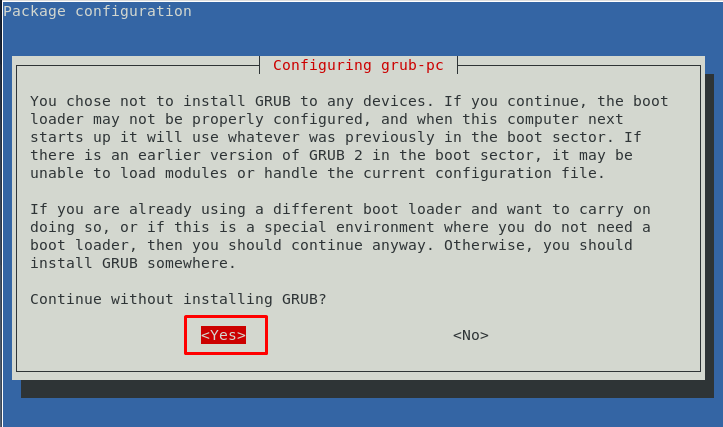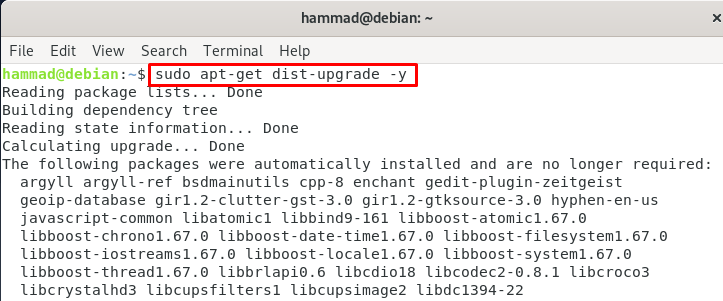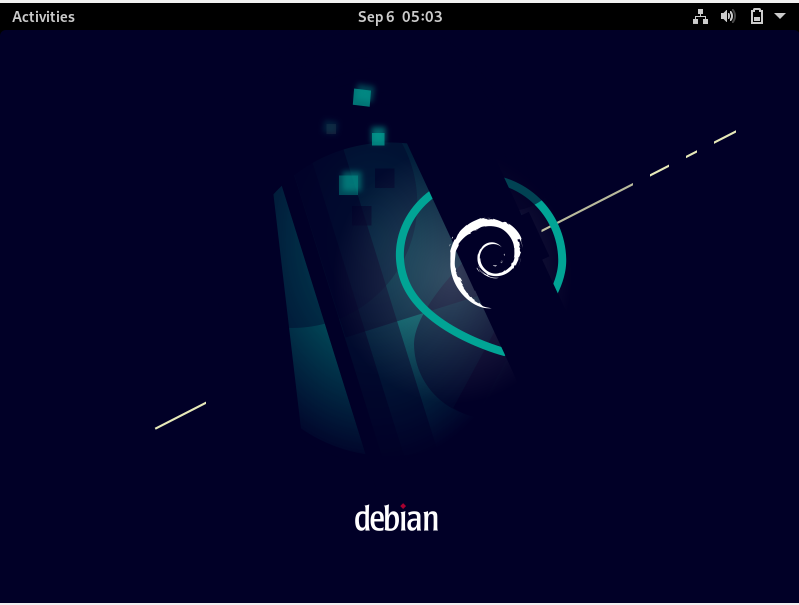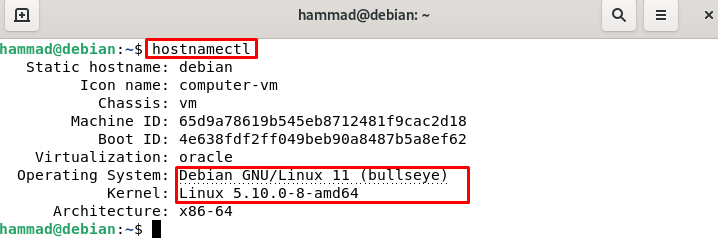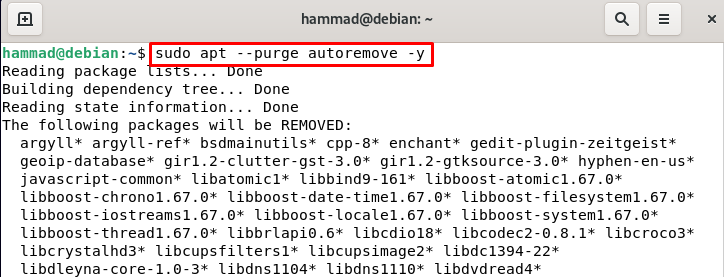- The latest version of the Linux Kernel is 5.10 LTS which is 4.10 in Debian 10
- Desktop environments have new versions including MATE 1.24, GNOME 3.38, and KDE Plasma 5.20
- Over 40000 software packages updated with their new versions and with their latest versions available in Debian 11
- Apache 2.4.48, python 3.9.1, MariaDB 10.5, and PostgreSQL 13 are available in Debian 11
In this article, we are going to discuss the steps by which we can upgrade Debian 10 (Buster) to Debian 11 (bullseye).
How to upgrade Debian 10 to 11
We will try to explain to you the updating of Debian by upgrading it to Debian 11 so first, we will check the version of our Debian.
Before the update, we will make the backup of all the data we have. There are various commands to make the backup but we will back up with the BackInTime utility. For this first, we have to install the backintime:
When the installation command of “backintime-qt4” is executed, a GUI (graphical user interface) is also installed. We can go to the search bar of Debian and type “backintime”, two icons will be displayed one is with root option the other is without root. Open the icon of “Back In Time” without the root option.
As we click on the “Back In Time” a dialogue box will popup by which a user can make a backup of the files or folders.
For the backup purpose copy /etc/apt/sources.list to /etc/apt/sources.list.bak by using copy command.
Now, with the nano editor open the file:
Once the file is open, replace the “buster” word with “bullseye”. After the replacement of words, close the editor by saving it for this purpose press CTRL+X then type “y” and finally press ENTER key.
After the completion of this update the repository of the Debian so that all the packages are updated.
Upgrade all the packages, it will consume some time in completing the upgradation.
While upgrading a prompt will appear to choose the “Yes” button on the prompt.
Another Prompt will be open about grub, simply click on “Ok”.
After this, another menu will open, and click on “Ok” again.
Now it will ask whether to continue without installing GRUB or not so we will click on “Yes” because in our case we do not need a boot loader, but you should install the grub loader by clicking on the “No” button and then continue to the next step.
After upgrading the packages, we will upgrade the distribution.
Depending on your machine requirements it will again take some time so have some patience and wait for the completion.
Now Debian 10 has been enhanced to the advanced version of Debian. To verify it we will again use the lsb_release command.
We can check from the output the version of Debian has been upgraded from 10 to 11. We will restart Debian so that its theme will also be upgraded to the theme of Debian 11.
The theme has also been changed.
Now as we have already checked and verified the version of Debian but to verify the other details like Kernel we will use the “hostctlnamectl” command.
Now everything is upgraded so we will remove the unused files by executing the command mentioned below:
Conclusion
Debian has millions of users worldwide who can enjoy this latest version of Debian which is more stable and also improves the bugs which were in Debian 10. In this article, we have discussed the method to upgrade Debian 10 to Debian 11. The upgrades look very complex but they can be upgraded by running the simple commands which are discussed in this article. Hope this article will assist you in upgrading your Debian old version to the latest version of Debian that is the bullseye version.



